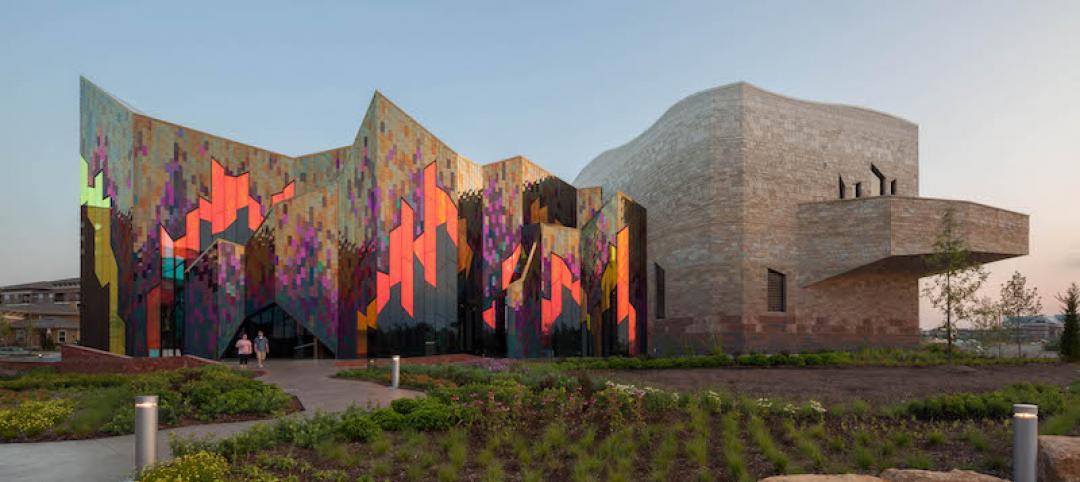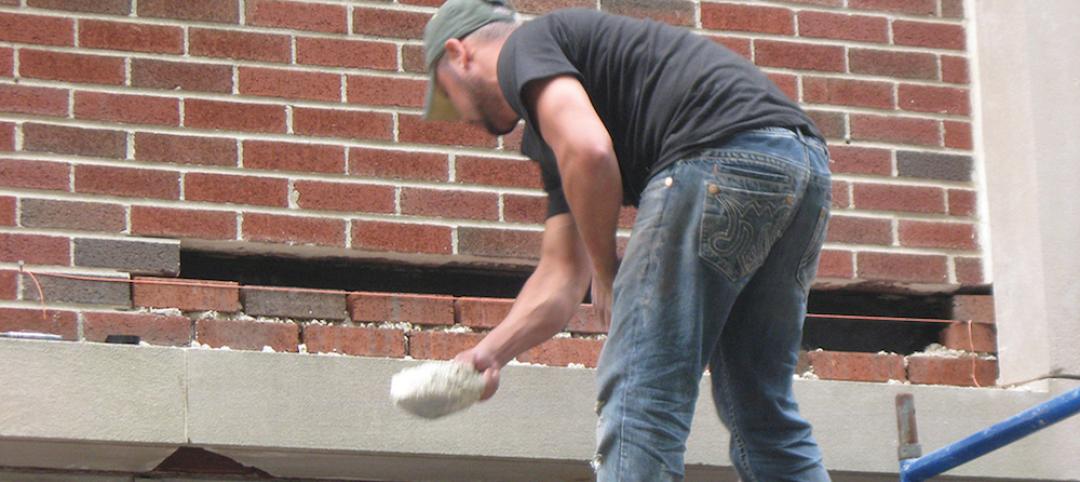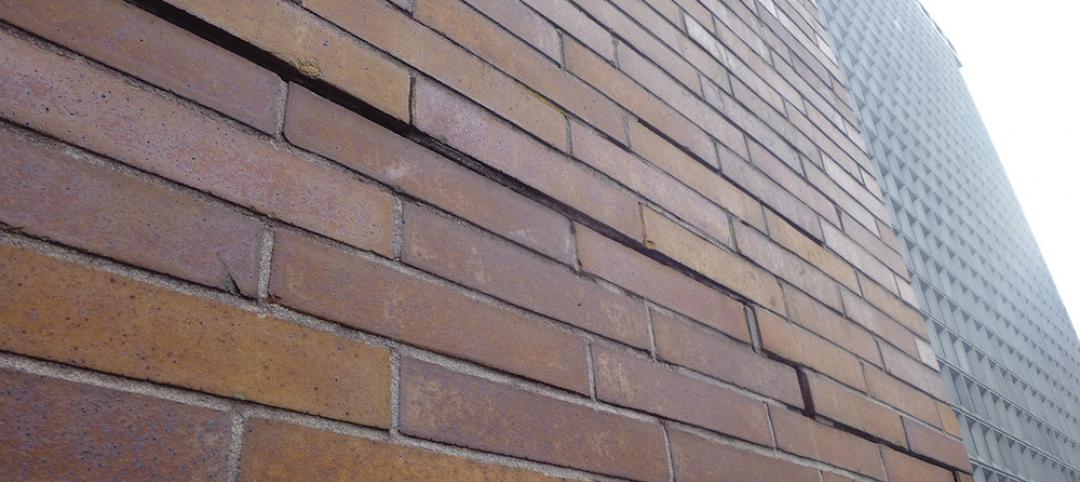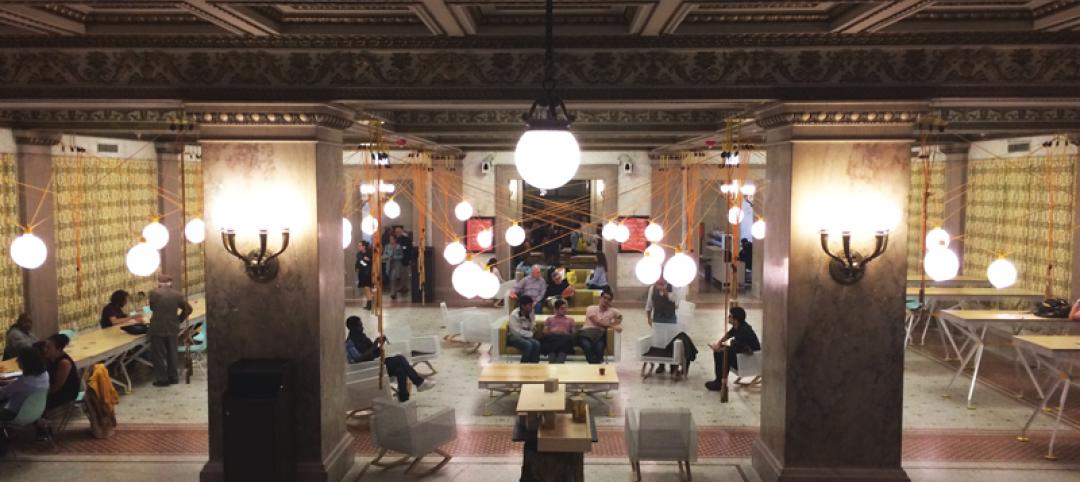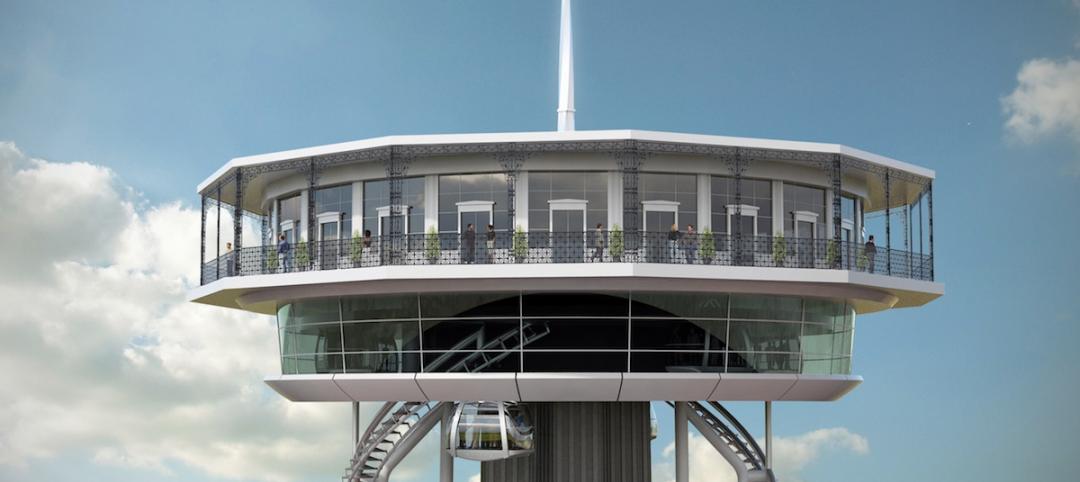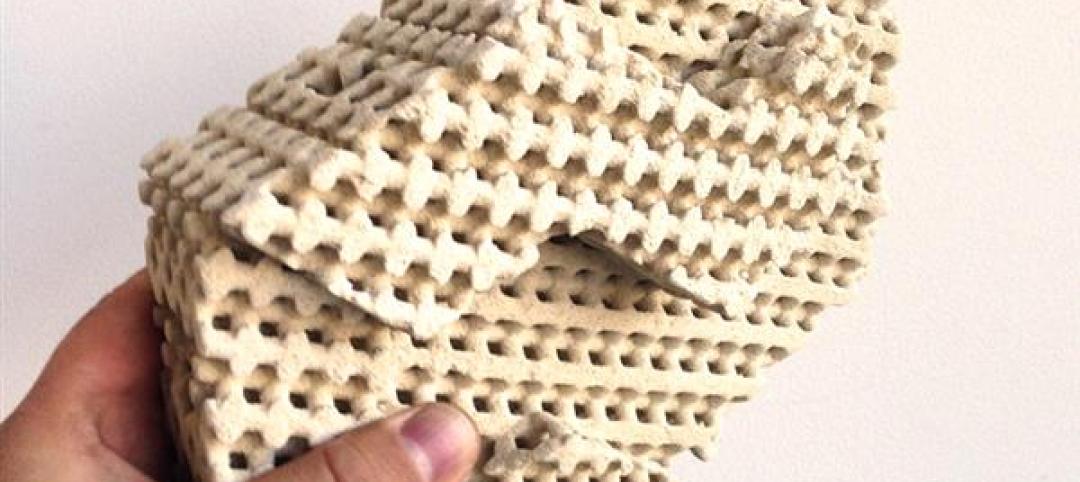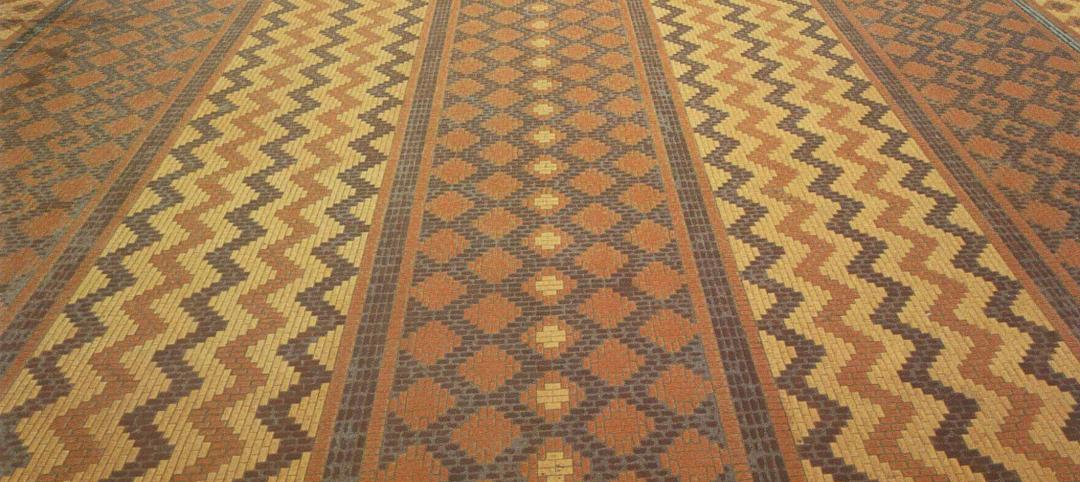This course provides architects, engineers, and contractors with practical advice about implementing net-zero energy buildings using brick masonry. AEC professionals are advised to tackle energy demand first, and not to count on renewable energy sources (photovoltaics, wind, etc.) to achieve net-zero status.
They are further advised to do as much as possible in terms of reducing energy consumption in the building, even if renewables are not available or cost too much, with the hope that the building will be "net-zero ready" for future installation of PVs and other renewables.
Brick masonry is shown to be an effective wall system in the design and construction of such a net-zero energy building.
After reading this article, you should be able to:
• Define the term “net-zero energy (NZE) building” and list the basic properties of heat loss and heat gain and their application to the design and construction of NZE buildings.
• Evaluate the typical R-values of masonry walls, the thermal mass properties of brick walls, and their use in net-zero energy buildings.
• Describe various passive solar and active solar techniques (for renewable energy) and their application to net-zero energy buildings.
• Describe thermal bridges that occur in structures, how they degrade the thermal performance of the wall, and why their reduction or elimination is critical to achieving a net-zero energy building.
Take this AIA CES Discovery course at BDCuniversity.com
Related Stories
Sponsored | Brick and Masonry | Sep 16, 2016
Stone and fire: The Museum at Prairiefire blends natural stone and man-made masonry to create an architectural icon
The museum tells a story of geology, culture, and the practice of prairie landscape management through intentional burns.
Brick and Masonry | May 11, 2016
Brick primer: Periodic inspection and maintenance for brick masonry walls
Though brick masonry is highly durable, it is still important to conduct regular inspection of the building façade to identify problems and plan to replace old materials.
Brick and Masonry | May 9, 2016
Preventing and treating distress in brick veneer cavity walls [AIA course]
The design, detailing, and installation of brick cavity walls become more demanding as masonry construction becomes more complex. To earn 1.0 AIA CES learning units, study the article carefully and take the exam.
| Jan 28, 2016
AIA CES class: The rainscreen approach to a better building envelope
Building envelope expert Bradley Carmichael of Hoffmann Architects explains how rainscreen wall systems work and evaluates the effectiveness of various rain-control methods, including mass walls, perfect barriers, and masonry veneers. This AIA/CES class is worth 1.0 learning unit.
Architects | Oct 20, 2015
Four building material innovations from the Chicago Architecture Biennial
From lightweight wooden pallets to the largest lengths of CLT-slabs that can be shipped across North America
Cultural Facilities | Mar 13, 2015
New Orleans observation tower to feature 320-foot double-helix gondola ride
Tricentennial Tower will take visitors on a 300-year journey through the city's history before landing them at the top for a 360-degree view of the Crescent City.
Brick and Masonry | Feb 5, 2015
3D-printed 'cool brick' may provide cooling solution for arid locations
Cool Brick is made of porous ceramic bricks set in mortar. The bricks absorb water, which cools the air as it passes through the unit.
Mixed-Use | Jan 26, 2015
MVRDV designs twisty skyscraper to grace Vienna's skyline
The twist maximizes floor space and decreases the amount of shadows the building will cast on the surrounding area.
| Jan 20, 2015
AIA course: Building with brick, stone, and masonry
Earn 1.0 AIA/CES learning units by studying this article and successfully completing the online exam.
| Dec 29, 2014
From Ag waste to organic brick: Corn stalks reused to make construction materials [BD+C's 2014 Great Solutions Report]
Ecovative Design applies its cradle-to-cradle process to produce 10,000 organic bricks used to build a three-tower structure in Long Island City, N.Y. The demonstration project was named a 2014 Great Solution by the editors of Building Design+Construction.



